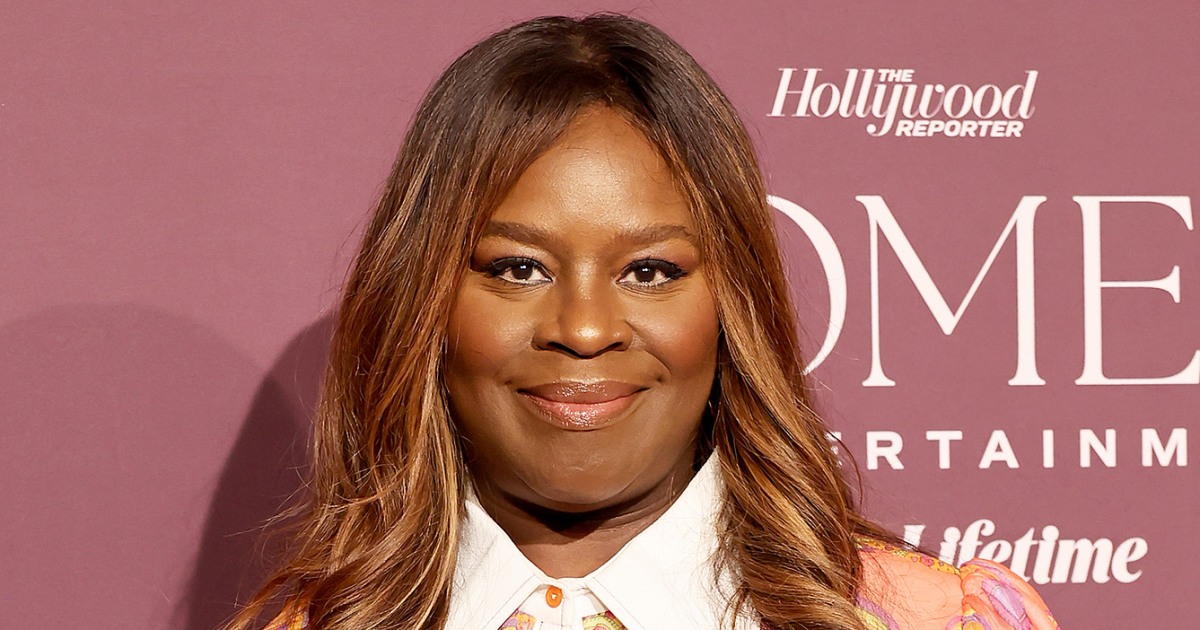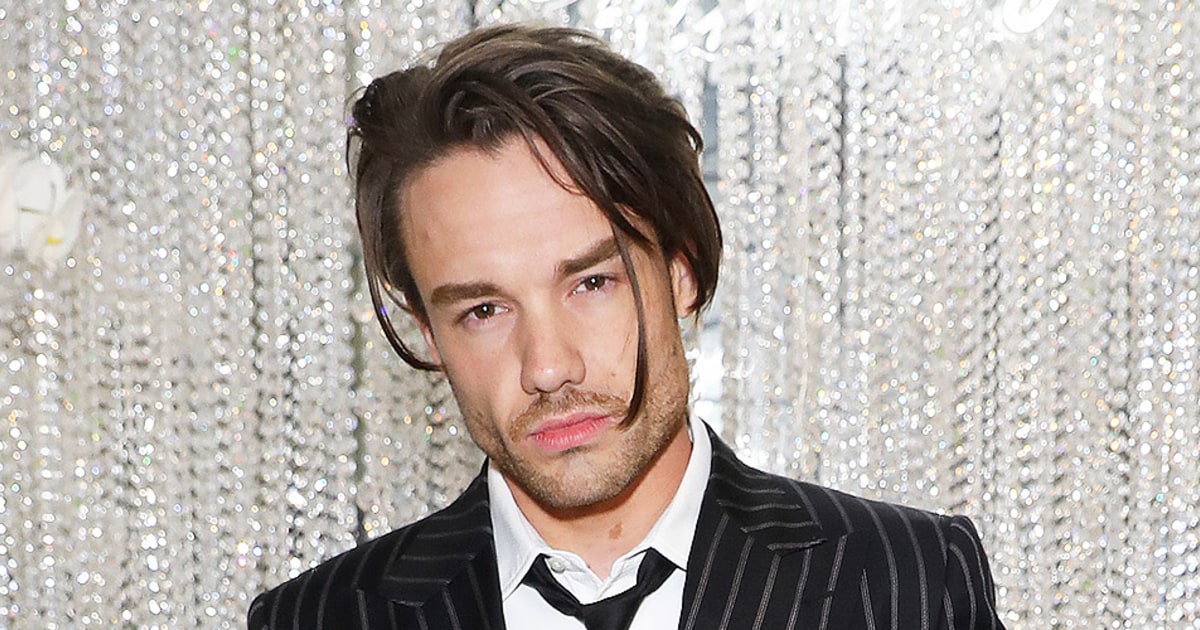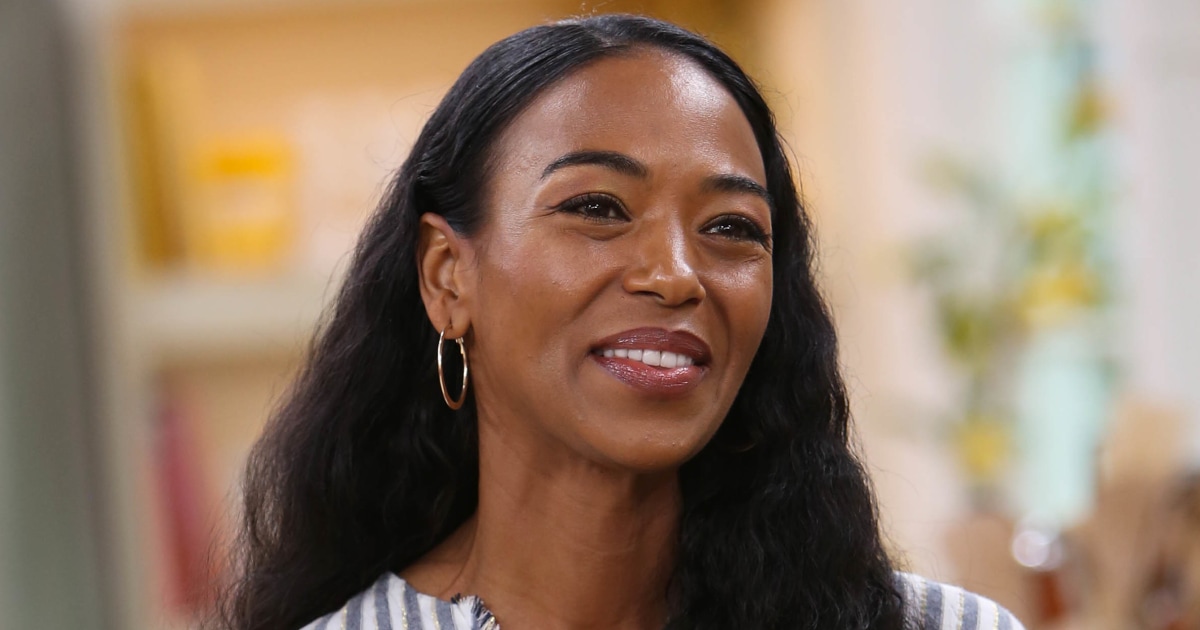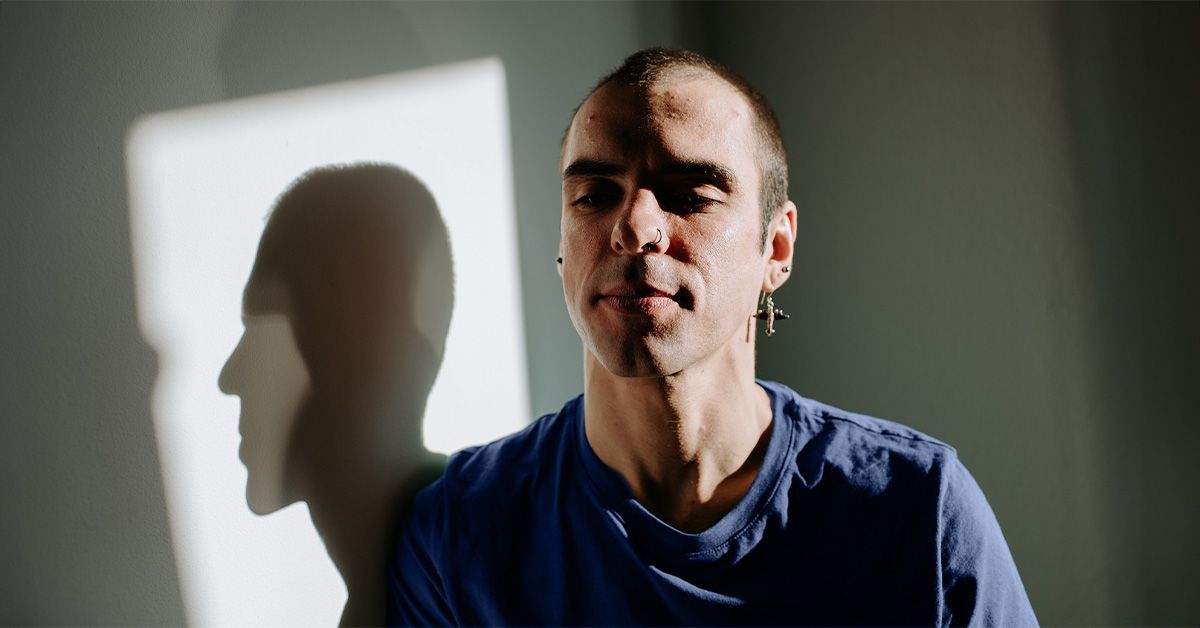Like many people, Retta never paid much attention to her glucose levels — until she was diagnosed with Type 2 diabetes in July 2023. Now, she’s hoping to raise awareness about this important health metric.
Speaking exclusively with TODAY.com, the actor says, she vividly remembers her reaction to learning that her doctor wanted to put her on Metformin, a medication that’s used to treat high blood sugar levels caused by diabetes.
“I was like, God d— it. I almost wanted to be like, ‘No, just let me try to get (my levels) down,” she says.
Before her diagnosis, Retta was used to her A1C, which measures glucose levels, running a bit high, particularly when she’d return home from traveling for work. Her physician regularly analyzed her bloodwork and, while her levels weren’t yet in the range for Type 2 diabetes, they were elevated.
“When I’m on the road, I just want to eat comfort food. I’m not trying to be anybody’s hero. So I know that’s what it is,” she says.
The actor had always successfully lowered her levels by honing in on her diet and exercise routine when she was home for extended periods of time. At a certain point, however, Retta’s doctor determined that medication was necessary.
Now, the 54-year-old is teaming up with glucose monitoring leader Dexcom and the nonprofit Beyond Type 2, to host the first National Glucose Awareness Week.
Before kicking off the weeklong initiative, Retta sat down with TODAY.com to share her Type 2 diabetes story and highlight the importance of glucose health.
Retta’s diagnosis and lifestyle changes
Before her diagnosis, Type 2 diabetes wasn’t really on Retta’s radar.
“I never thought of diabetes until the doctor said something,” she explains.
The actor also wasn’t aware of any family history. However, she did discover that her father is also on Metformin when she told her mother that she’d started the medication.
“I would have never expected it,” she says, explaining that her father “eats really well” and “doesn’t eat a lot.”
Per the Mayo Clinic, your chance of developing Type 2 diabetes is higher if a parent or sibling also has the condition.
In addition to managing her diabetes with medication, Retta has also altered her diet a bit. Since she’s regularly on the road for work and has limited time to cook, the actor works with a food delivery service for her meals. When she learned she was diabetic, she asked the company to adjust her meals slightly.
“When I’m home, I reel it in. On the weekends, I’ll go to restaurants and stuff like that. But during the week I eat relatively (well),” she says.
Monitoring her glucose
Glucose, or blood sugar, is an important health metric that diabetics (both Type 1 and Type 2) should monitor.
“Diabetes as a whole is an abnormality in terms of glucose,” Richard Siegel, MD, endocrinologist and co-director of the Diabetes and Lipid Center at Tufts Medical Center, tells TODAY.com.
Type 2 diabetics typically experience a “poor utilization of glucose” and higher sugar levels, the endocrinologist notes.
During National Glucose Awareness Week, (Sept. 23 – 29), Retta, Dexcom and Beyond Type 2 will highlight glucose resources, including glucose biosensors that offer insight into the way food, sleep and exercise affect glucose. Participants will also have the opportunity to win prizes while learning about glucose health.
Since her diagnosis, Retta has begun to monitor her glucose levels more closely by using Dexcom’s Stelo glucose biosensor. As a result, she’s noticed increases in her glucose levels when she eats or drinks certain items.
“I always get a spike (after drinking coffee) because I like my creamer,” she says.
Retta also tries to reduce the amount of carbs she eats, particularly bread and crackers, and “lean more into cheese and nuts” when she wants a snack.
Per the Cleveland Clinic the body turns carbs into glucose. For this reason and many others, “good, healthy, balanced eating” is a main priority for diabetics, per Siegel.
With his Type 2 patients, Siegel recommends a mix of nutrition and exercise counseling to control glucose levels.
For those who don’t have access to a continuous glucose monitoring device, Siegel says there are other ways to monitor your levels, including a portable glucose monitor that requires you to put a drop of blood from your finger onto a strip that then works with the machine to analyze your glucose levels. A hemoglobin A1C three-month average test can also monitor trends in glucose levels.
Of course, continuous glucose monitoring can give you “a full sense of trends (and) data points,” so it has become more popular over the years, particularly with Type 1 diabetics.
Setting goals for the future
Retta has been taking medication and managing her diet over the last two years since her diagnosis. Looking ahead, she hopes to manage her Type 2 diabetes without medication at some point.
“That was my big thing. I was like, ‘Will I be able to get off it?’ (The doctor) said not likely, but I was like, ‘I feel like I can fight this’ because my numbers weren’t so deep into the range,” she says.
At the moment, the actor feels like she’s been “doing well” and keeping her glucose spikes “within range.”
Per Siegel, some Type 2 diabetics can manage their condition without medication “if weight comes down enough.” However, there is no cure for Type 2 diabetes, per the Mayo Clinic.
Glucose monitoring for non-diabetics
If you’re not a diabetic and aren’t at high risk for the condition, glucose monitoring may not be top of mind. But one in five Americans are walking around unaware that they have diabetes, per the CDC.
“Through this initiative, we hope to provide people with valuable information that can lead to earlier detection of prediabetes and Type 2 diabetes,” Melanie Batchelor, Manager of Health Impact Content and Community Education at Beyond Type 2, said in a press release.
Per the CDC, screening for prediabetes and Type 2 diabetes is recommended starting at age 35.
Potential health complications of poor glucose monitoring
Over time, mismanaged glucose levels can lead to a host of health complications.
“As the blood sugar goes up, there is a risk for damage to blood vessels in the eye, which can definitely lead to eye disease and in the worst situation, blindness,” Siegel notes.
The expert also highlighted a range of other potential side effects over time:
- Leaky kidneys/chronic kidney disease
- Neuropathy nerve disease
- Intestinal tract/bladder issues
- Sexual disfunction
High sugar levels and other factors (high cholesterol/blood pressure, smoking, etc.) can also contribute to large blood vessel problems over time, per Siegel, including heart attack, stroke and peripheral vascular disease.
What are the symptoms of Type 2 diabetes?
Per the Mayo Clinic, Type 2 diabetes occurs due to a “problem in the way the body regulates and uses sugar as a fuel.”
When too much sugar, aka glucose, circulates in the blood, high levels can create disorders in the nervous, immune and circulatory systems.
“In Type 2 diabetes, there are primarily two problems. The pancreas does not produce enough insulin — a hormone that regulates the movement of sugar into the cells. And cells respond poorly to insulin and take in less sugar,” the agency adds.
Symptoms of Type 2 diabetes include:
- Increased thirst/hunger
- Frequent urination
- Fatigue, blurred vision
- Numbness/tingling in hands/feet
- Frequent infections/sores that are slow to heal
- Unexpected weight loss
- Darkened skin (often in the neck/armpits)
Read the full article here
















